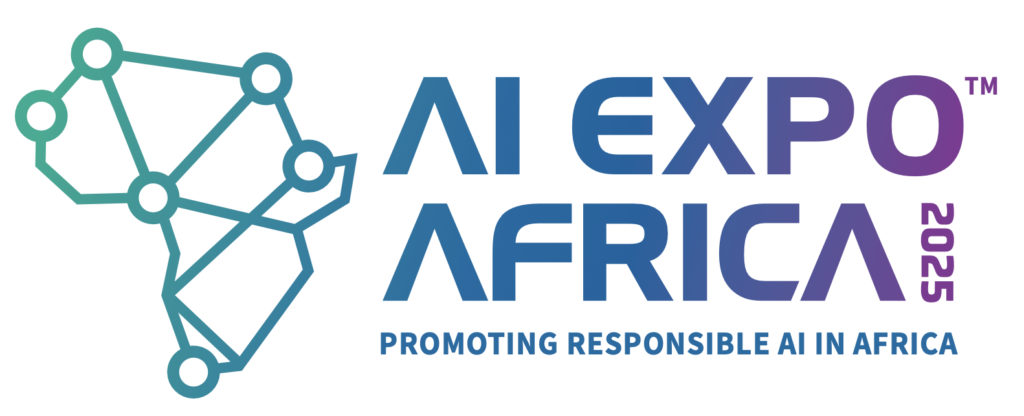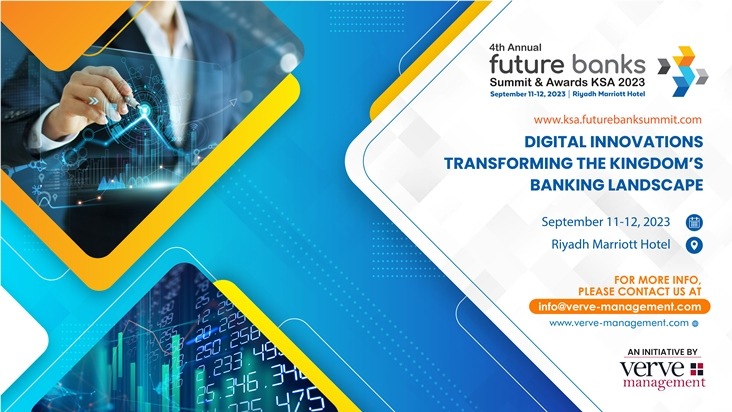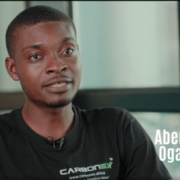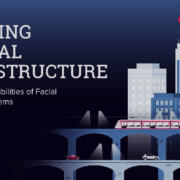On the 30th of June 2025, Google signed a deal to purchase 200MW of power from Commonwealth Fusion Systems (CFS), who expect their first commercial power plant, ARC, to come online in the early 2030s.
RELATED: The Next Big Tech Boom: AI robotics to skyrocket 280% and hit $64B by 2030
This announcement shows that fusion is now being taken seriously as a source of green, continuous energy, which will be vital in reducing the greenhouse gas emissions of data centers and other energy-intensive industries.
Over the last 5 years, the fusion energy industry has grown from experimental reactors to a burgeoning alternative energy industry, with around 50 startups and over US$10 billion in private investment to date.
The recently released IDTechEx report “Fusion Energy Market 2025-2045: Technologies, Players, Timelines” evaluates and compares the different technical approaches to producing commercial fusion energy, the key players involved, the materials used, and projected timelines for their deployment.
Big tech investing in fusion
While this deal represents the largest power purchase deal in fusion to date, big tech firms like Google and Microsoft have been investing in fusion for some time.
In 2021, Google was one of many investors involved in the US$1.8 billion funding round for CFS, and following the recent power purchase agreement, they have also confirmed they will be increasing their investment. Google has also invested in TAE Technologies, a California-based startup pursuing a very different fusion approach called the field-reversed configuration, which aims to deliver net energy on a similar timeline to CFS.
Meanwhile, Microsoft signed a power purchase agreement in 2023 to buy 50MW of energy from Helion Energy’s first power plant. Helion Energy is pursuing a similar but distinct approach to TAE’s field-reversed configuration and have also garnered significant investment from backers including OpenAI’s CEO Sam Altman.
It is clear now that major tech firms are not only investing in fusion startups but also laying down concrete deals to buy fusion power as soon as it comes online. The primary factor in driving this appetite for clean, dense, continuous energy is the vast and rapidly growing power demand of modern data centers.
Data centres need power
By 2035, IDTechEx forecasts that the rapid and ongoing growth of artificial intelligence will drive data center energy consumption to exceed 2,000 terawatt-hours (TWh) annually, a significant increase that adds unprecedent pressure on global power infrastructure.
As AI models become more sophisticated and compute-intensive and hyperscalers building larger and larger data centers facilities, energy consumption of data centers as of 2025 has already exceeded the total annual energy consumption of many countries, such as the UK and France. This surge in energy demand presents a critical challenge: how to meet the needs of AI without exacerbating carbon emissions. The environmental impact of this expansion is a growing concern, particularly for governments striving to meet ambitious net-zero targets and for tech companies that have made public commitments to achieving carbon neutrality. In this context, the push for sustainable and clean energy sources becomes not only an ethical imperative but a practical necessity.
Transitioning to renewable power solutions, such as solar, wind, nuclear fission and fusion, and advanced energy storage, will be key to powering next-generation data centers while mitigating the risks of climate change. IDTechEx’s report “Sustainability for Data Centers 2025-2035: Green Technologies, Market Forecasts, and Players” includes a comprehensive overview and in-depth analysis of leading clean technologies as well as their roadmap of being used in data centers.
How CFS plans to extract energy from fusion
Commonwealth Fusion Systems, an MIT spinout, has raised over US$2 billion in funding to date, and is currently building a fusion prototype facility SPARC in Devens, Massachusetts which will validate that net energy can be produced from fusion using their approach. Following SPARC, they plan to build ARC, a 400MW power plant, with half of this output now sold to Google.
Both ARC and SPARC are based on the tokamak design, one of the longest researched and most widely used types of fusion reactors. The fundamental principle of a tokamak is to confine a plasma in the shape of a torus using very strong magnetic fields. The is achieved using a combination of poloidal field coils (pointing through the center of the torus), and toroidal field coils, following the shape of the torus. The result is a helical magnetic field, which charged particles in the plasma (nuclei) follow.
Although originally conceived over 70 years ago, the tokamak design is still being constantly improved and optimized. A key feature for ARC and SPARC is the integration of high-temperature superconductor (HTS) material into the magnetic field coils. This emerging material allows the magnets to be more powerful relative to their size, allowing the fusion reactors to be built more compact than ever before.
Diagram of the magnetic fields, coils, and fusion plasma in a tokamak reactor.
Market outlook
This groundbreaking deal between Google and Commonwealth Fusion Systems is a powerful vote of confidence in the future of the fusion energy industry. While investments are always important for emerging green technologies, purchases and adoption are even more encouraging. Fusion energy will have a role to play alongside renewables, energy storage, and other new nuclear technologies in decarbonizing data centers in a rapid but sustainable manner.
The Fusion Energy Market report contains a set of detailed 20-year roadmaps for the industry, a quantitative benchmarking scheme comparing the leading technology approaches, and narratives for the industry and its supply chain based on primary information from market leaders and international fusion conferences. For more information, including downloadable sample pages, visit www.IDTechEx.com/Fusion.































